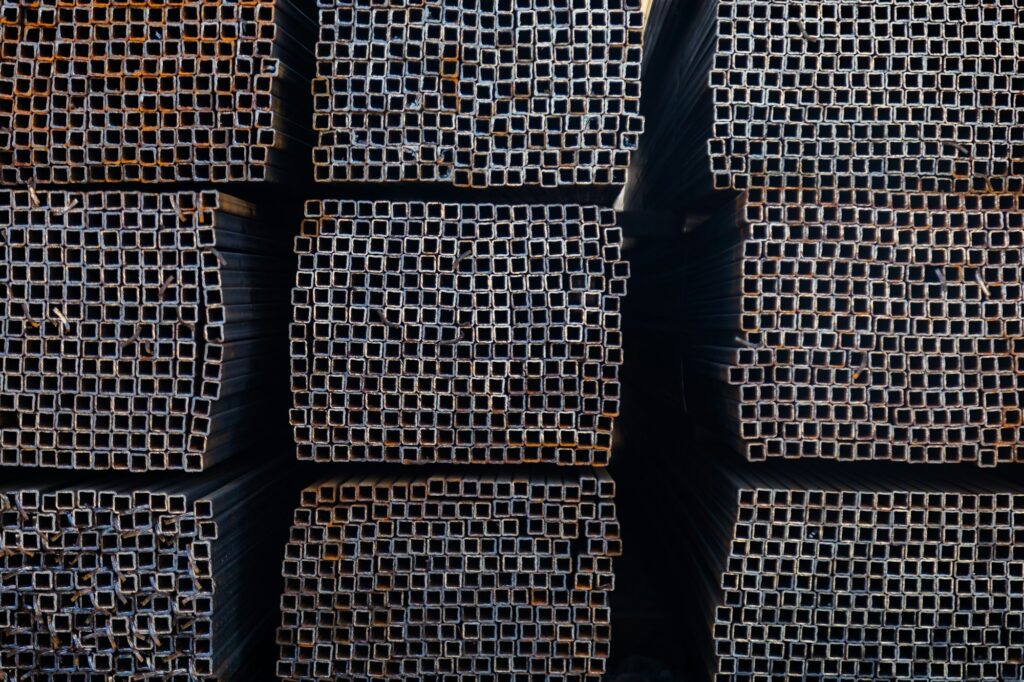The construction industry is at a turning point.
As the effects of climate change become more visible and pressing, the demand for sustainable solutions in building homes, offices, and infrastructure is accelerating. From massive urban developments to small home renovations, there’s growing awareness that traditional building methods—often reliant on resource-intensive, high-emission materials—can no longer be the default.
Enter green building materials.
In 2025, innovation in green construction is booming. Architects, builders, and manufacturers are reimagining everything from insulation to structural supports using eco-friendly, renewable, and recycled resources. These materials aren’t just better for the planet; they’re also proving more durable, energy-efficient, and cost-effective in the long run.
Green Building Materials
So, what exactly makes a building material “sustainable” or “green?” It’s not just about what it’s made of. True sustainability considers the entire life cycle of a material—from how it’s sourced and produced to how it’s used, and even what happens at the end of its life. Can it be recycled or reused? Does it reduce energy usage or greenhouse gas emissions? These are the questions driving the adoption of greener materials in modern construction.
1. Bamboo: The Rapidly Renewable Resource
Bamboo is making waves in the construction world for all the right reasons. This fast-growing grass (yes, it’s technically a grass!) can be harvested in as little as three years—much faster than traditional hardwoods, which can take decades to mature. It’s incredibly strong, lightweight, and naturally pest-resistant.
In 2025, bamboo is used in everything from flooring and paneling to structural framing. Its tensile strength rivals that of steel, making it a viable alternative for load-bearing applications in certain types of construction. Bamboo remains a go-to for sustainable design because of its renewability and low embodied energy.
2. Recycled Steel: Strength with a Smaller Carbon Footprint
Steel is known for its strength and longevity, but traditional steel production is energy-intensive and carbon-heavy. Enter recycled steel—a material that retains all the strength and versatility of new steel while slashing emissions and reducing waste.
Using recycled steel in framing, roofing, and reinforcements not only reduces mining and manufacturing impacts but also supports a circular economy. It’s a smart choice for projects that minimize their environmental footprint without sacrificing performance.

3. Hempcrete: The Carbon-Negative Insulator
Hempcrete, a biocomposite made from hemp fibers, water, and lime, is gaining traction as a sustainable alternative to conventional insulation and concrete. It’s lightweight, breathable, and naturally resistant to mold and pests. But what sets hempcrete apart is its carbon sequestration properties—it absorbs more CO₂ during cultivation and curing than it emits during production.
Hempcrete offers thermal efficiency and environmental benefits for walls, insulation, and non-load-bearing structures. Plus, it’s fully compostable at the end of its life cycle, making it a cradle-to-cradle material.
4. Cross-Laminated Timber (CLT): Engineered Wood for Modern Structures
Cross-laminated timber (CLT) is engineered by layering boards in alternating directions, creating incredibly strong and dimensionally stable panels. It’s a modern answer to concrete and steel, offering similar load-bearing capabilities with a much smaller carbon footprint.
Because CLT is prefabricated off-site, it speeds up construction time and reduces waste. In 2025, it’s being used in everything from single-family homes to multi-story commercial buildings, making mass timber a key player in sustainable architecture.
5. Plant-Based Polyurethane Foam: Eco-Friendly Insulation
Traditional insulation materials like polyurethane foam are effective but often petroleum-based and laden with chemicals. That’s why plant-based alternatives are gaining attention. Made from natural sources like soy or castor oil, plant-based polyurethane foams offer comparable thermal performance without the environmental baggage.
These foams improve indoor air quality and reduce dependence on fossil fuels. They’re perfect for walls, roofs, and HVAC systems where energy efficiency and sustainability are key.
6. Straw Bales: Natural and Efficient Insulation
What was once an ancient building technique is now a cutting-edge solution for green construction. Straw bales, when tightly packed and sealed, provide exceptional insulation with low embodied energy. They’re biodegradable, widely available, and often locally sourced.
In 2025, straw bale construction is being reimagined for modern living. It is used in passive houses, tiny homes, and even commercial spaces. With their high R-value and low cost, straw bales offer a surprisingly advanced back-to-basics approach.
7. Recycled Wood and Plastic Composite Lumber
Composite lumber combines recycled wood fibers with post-consumer plastic to create durable, low-maintenance materials for decking, siding, and outdoor structures. It’s a win-win: diverting plastic and wood waste from landfills while creating a product that resists rot, insects, and UV damage.
Composite lumber is becoming a staple in eco-conscious landscaping and construction projects. It mimics the look of natural wood without the upkeep, making it a practical and sustainable option for builders and homeowners alike.
8. Low-Carbon Concrete: Reducing Emissions in Construction
Concrete is the planet’s most widely used construction material—and one of the most carbon-intensive. Thankfully, the industry is evolving. Low-carbon concrete incorporates alternative binders like fly ash, slag, and calcined clays to reduce emissions by up to 85%.
Advanced manufacturing techniques, including carbon injection during curing, further lower its environmental impact. With increasing pressure to decarbonize the built environment, low-carbon concrete is becoming a must-have material in modern construction.
9. Mycelium-Based Composites: The Future of Biodegradable Building
Mycelium—the root system of fungi—is being turned into lightweight, fire-resistant composites for insulation, wall panels, and packaging. Grown using agricultural waste and requiring minimal energy, mycelium-based materials are biodegradable and non-toxic.
In 2025, these fungi-based innovations will enter the mainstream, with architects and designers experimenting with their form, function, and aesthetics. This is an exciting glimpse into the future of living, breathing building materials.
10. Sheep’s Wool Insulation: Natural and Effective
Sheep’s wool isn’t just for cozy sweaters—it’s also an excellent insulator. It regulates humidity, resists fire and pests, and retains heat even when damp. As a renewable and biodegradable resource, it aligns perfectly with sustainable construction principles.
Wool insulation is desirable for green retrofits and eco-conscious new builds. It’s safe to handle, improves indoor air quality, and offers long-term performance without harming the planet.
Final Thoughts
The building materials of 2025 are more innovative, greener, and more efficient than ever before. Whether you’re an architect, builder, or homeowner, choosing sustainable materials is one of the most impactful decisions you can make for the planet—and future generations.
As these innovations evolve, the construction industry has a real opportunity to become a driving force in the global transition to sustainability. So next time you plan a build, remember: the materials you choose matter more than ever.





